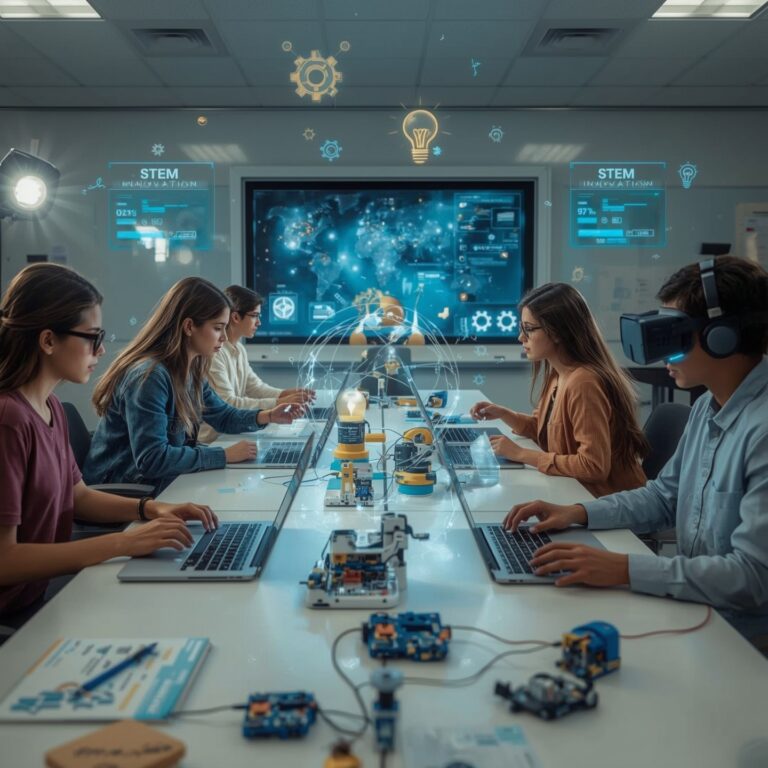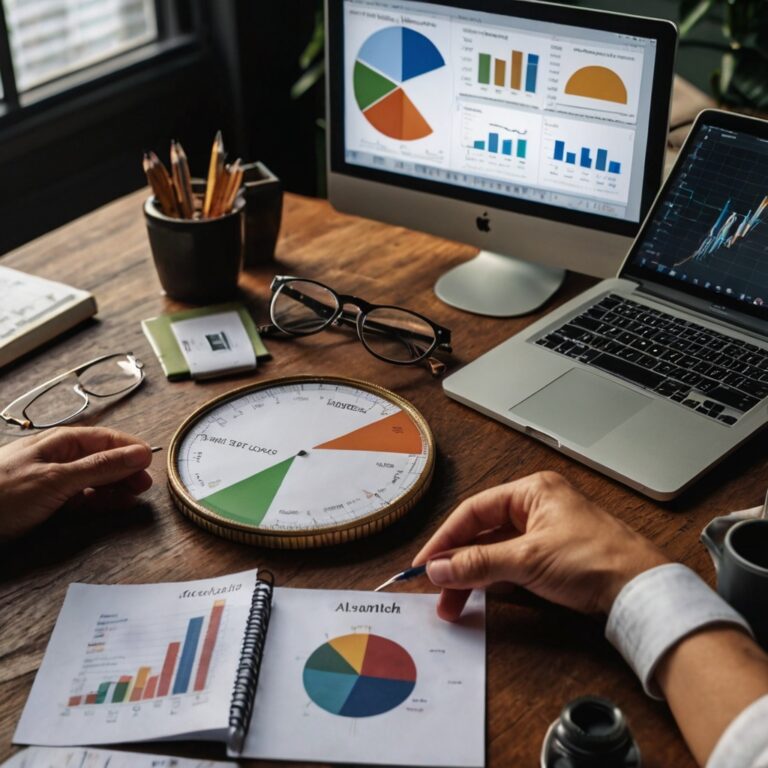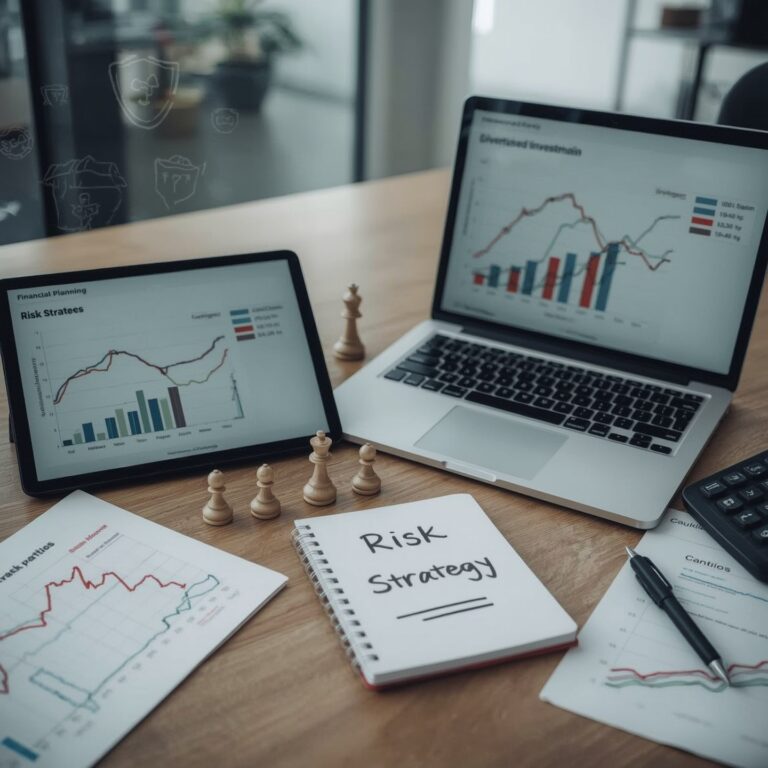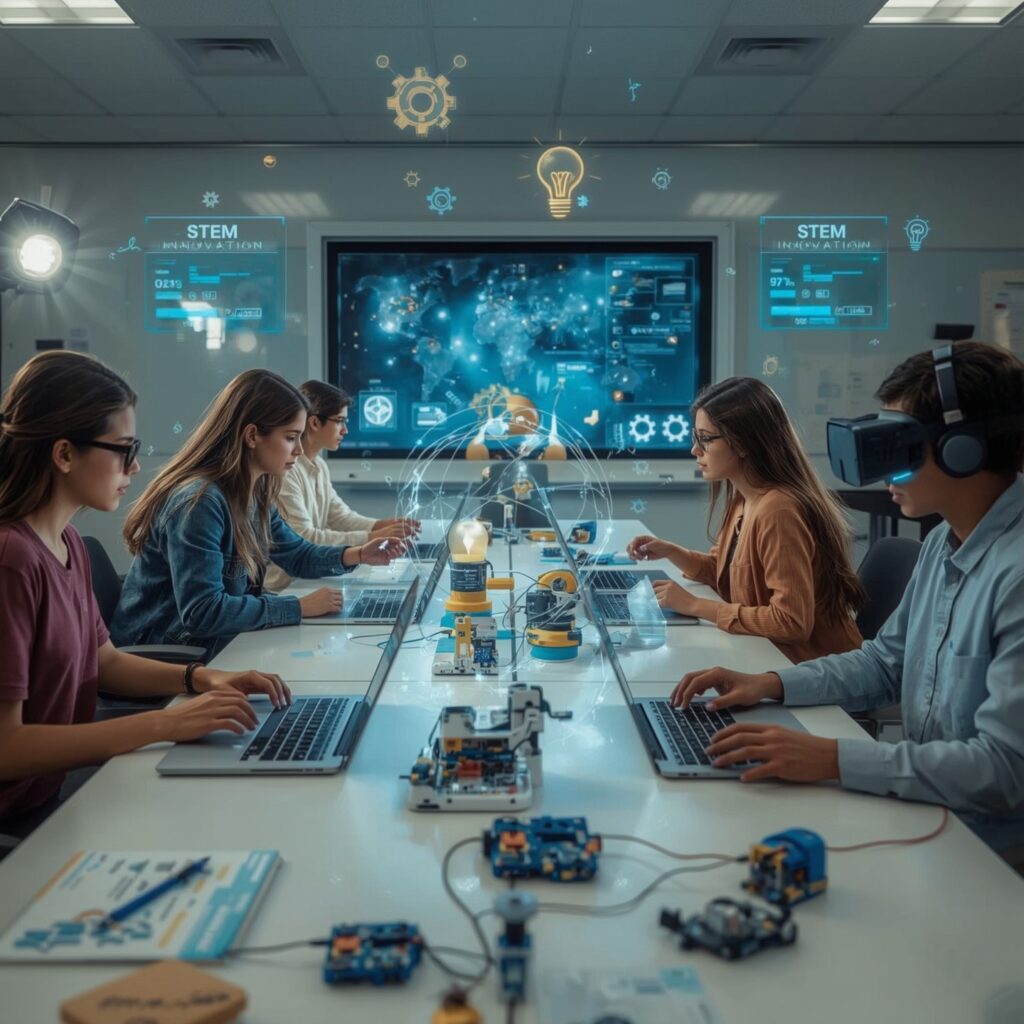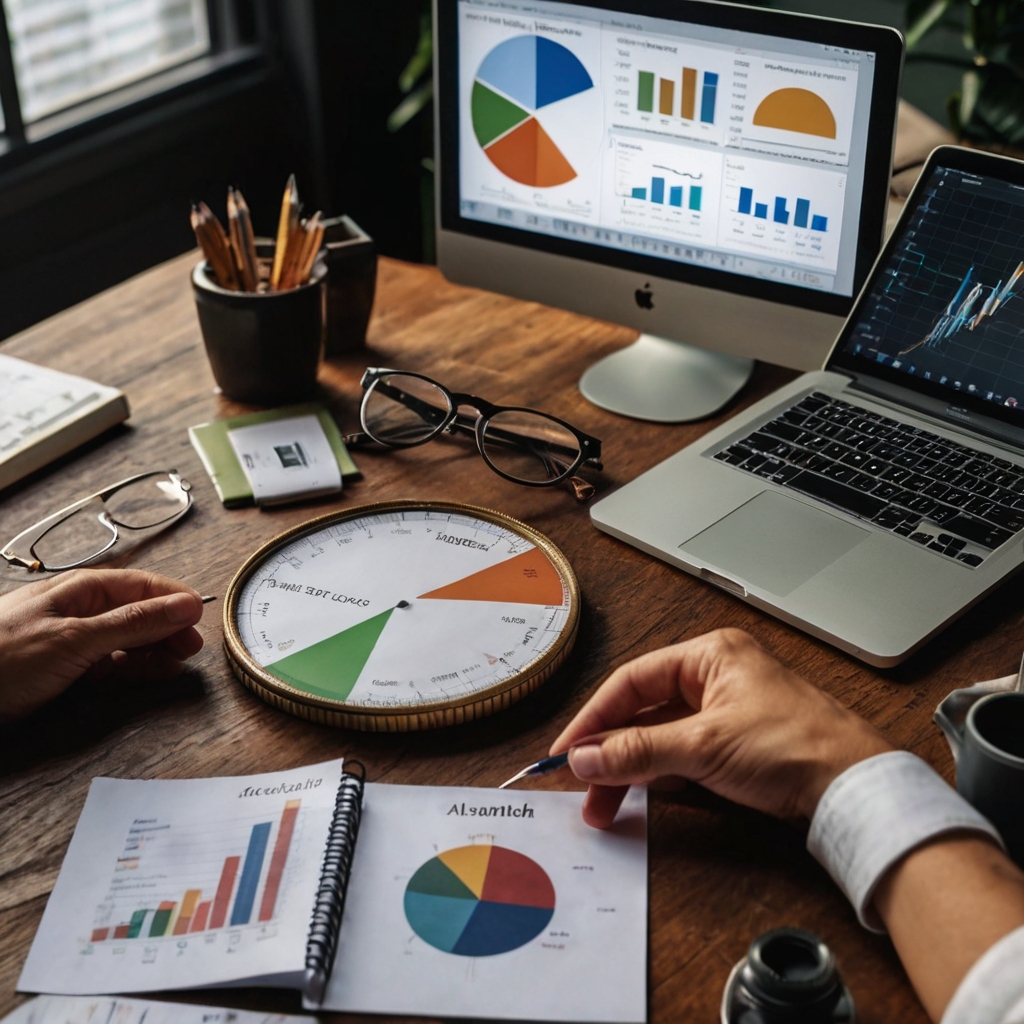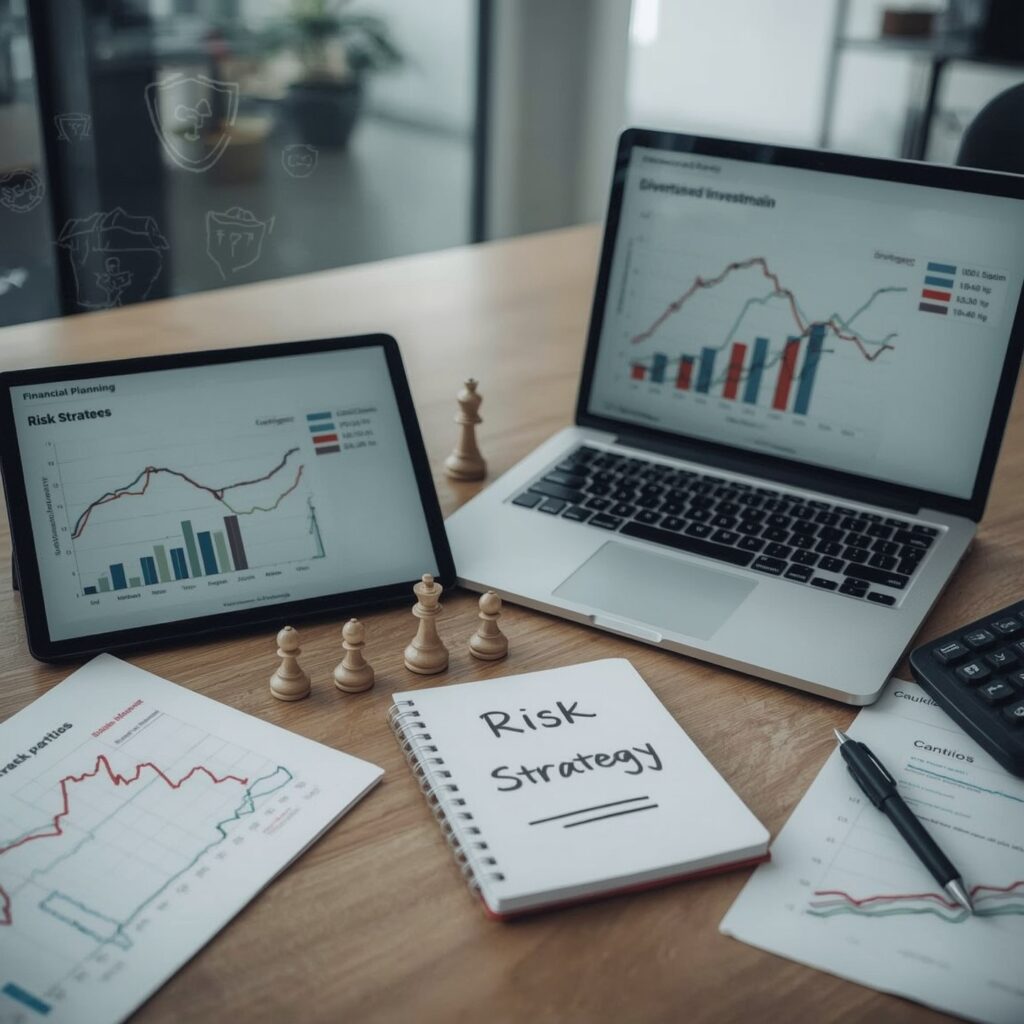The Ultimate Guide to Green Energy: What It Is and Why It Matters
What Is Green Energy and Why Does It Matter
Green energy—also known as renewable energy or clean power—comes from natural resources like sunlight, wind, water, and geothermal heat. Unlike fossil fuels, these sources are renewable, meaning they won’t run out and are much gentler on the environment.
With climate change becoming a growing global concern, shifting to sustainable energy is not just smart—it’s essential. Green energy reduces greenhouse gas emissions, cuts pollution, lowers energy bills, and promotes a cleaner, healthier world. From rooftop solar panels to towering wind turbines, renewable power is shaping the future—and we all have a role to play.
Types of Green Energy Sources
Understanding the different types of renewable energy helps us make better choices. Here are the main sources:
Solar Energy
Sunlight is abundant and free. Solar panels convert light into electricity for homes and businesses. Solar is now more affordable than ever thanks to tax incentives and innovation.
Wind Energy
Wind turbines capture the movement of air to produce power. It’s one of the fastest-growing energy sources and ideal for both rural and offshore locations.
Hydropower
Flowing water from rivers or dams spins turbines to generate electricity. It’s reliable and can provide large-scale energy to entire cities.
Geothermal Energy
This taps into the Earth’s internal heat. Pipes are placed deep into the ground to collect hot steam or water that powers turbines.
Biomass Energy
Organic materials like wood, food waste, and crops are burned or converted into biofuels. It’s considered green when managed sustainably.
Benefits of Switching to Green Energy
✅ Reduces Greenhouse Gases
Switching to clean power significantly cuts down carbon emissions, which are the main drivers of global warming.
✅ Improves Public Health
Burning fossil fuels contributes to air and water pollution. Green energy, by contrast, leads to cleaner air and fewer health issues.
✅ Economic Growth
Renewable energy is creating thousands of green jobs in manufacturing, installation, and engineering.
✅ Energy Independence
Countries investing in local renewable sources are less dependent on imported oil or gas—boosting national security.
✅ Long-Term Savings
Though there may be an upfront cost, green energy systems like solar panels save you money on utility bills over time..
Challenges of Green Energy—and How We Overcome Them
No system is perfect. Green energy has challenges, but many are being solved.
-
Intermittency: Sun doesn’t always shine; wind doesn’t always blow. However, energy storage systems like batteries are closing that gap.
-
Upfront Costs: Solar panels and wind turbines aren’t cheap at first. But government incentives, tax credits, and financing options are making them more accessible.
-
Infrastructure: Our current power grid needs updates to handle decentralized energy. Smart grids are the next big step.
How to Support Green Energy in Daily Life
You don’t need to be a scientist or investor to support clean energy. Here’s how anyone can contribute:
-
Switch to a green energy provider or buy renewable energy credits.
-
Install solar panels or small wind turbines if you own property.
-
Use energy-efficient appliances and lightbulbs to reduce consumption.
-
Vote for policies and leaders who support renewable energy.
-
Educate others through conversations or social media.
Final Thoughts: The Future Is Renewable
The transition to green energy is not just a trend—it’s a revolution that touches every part of life, from your lightbulb to national energy grids. By understanding how it works and why it matters, we’re better equipped to be part of the solution.
Every watt from a solar panel, every spin of a wind turbine, brings us closer to a healthier, more secure world.

